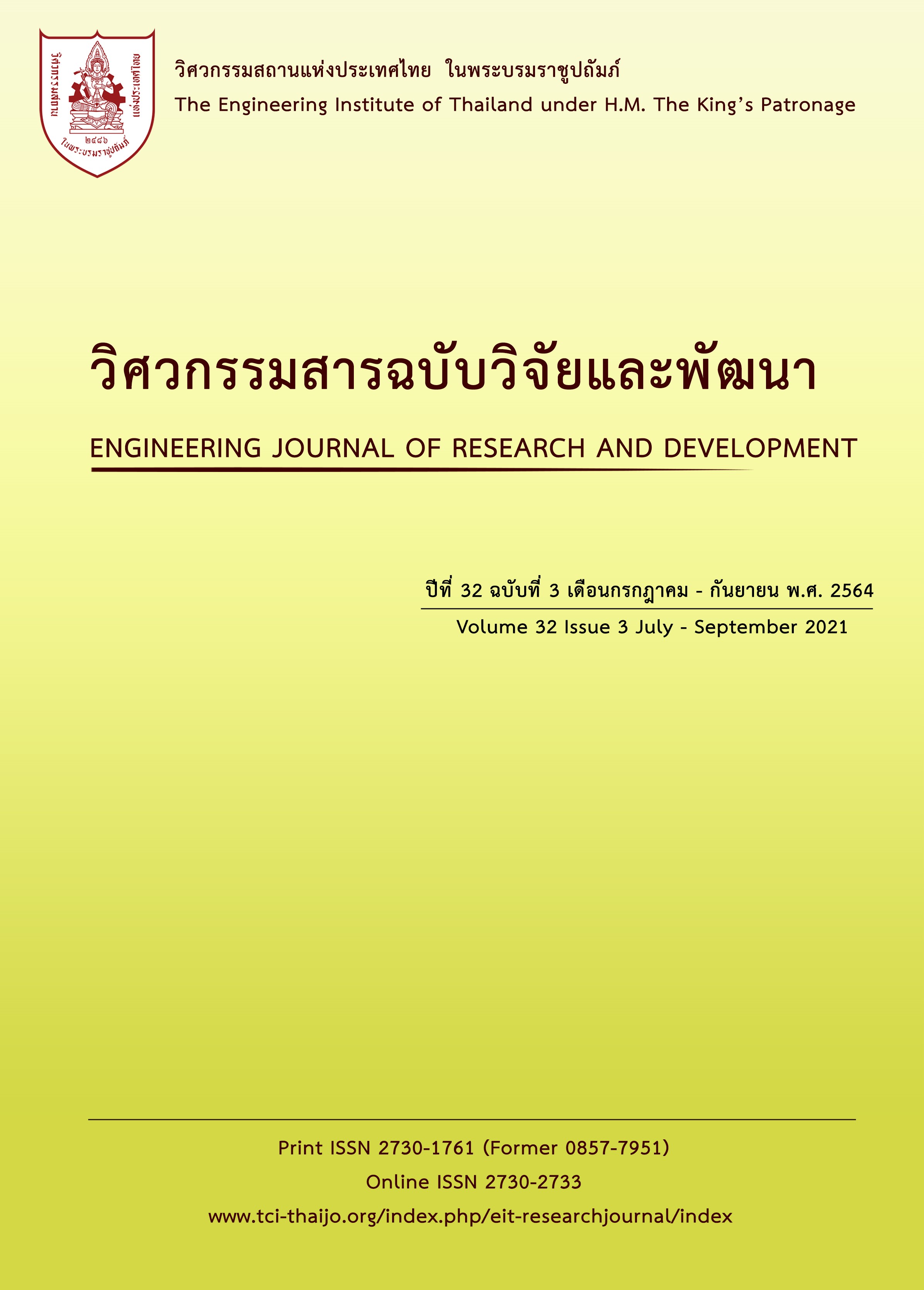Comparison of Vehicle-Discharging Capacity at Toll Booths
Main Article Content
Abstract
Traffic congestion at toll plazas on motorways or expressways are commonly experienced by road users. It incurs delays and reduction of level of service particularly at manual cash-toll collection booths. In place of a single service at a toll booth, the concept of a tandem service, which requires several toll collectors simultaneously collecting tolls in cash in front of a toll booth, is currently introduced and publicly discussed in order to increase vehicle-discharging capacity and relieve traffic congestion. This paper presents a vehicle-discharging capacity comparison between the single and the tandem services at toll booths. The proposed methodology is based on traffic engineering and statistics principles. Given the same distribution of service times of toll collectors for both single and tandem services, it is found that the tandem service has a higher vehicle-discharging capacity than the single service does.
Article Details
The published articles are copyright of the Engineering Journal of Research and Development, The Engineering Institute of Thailand Under H.M. The King's Patronage (EIT).
References
[2] Findley, D. J., Schroeder, B. J., Cunningham, C. M., and Brown, 2016. T. H. Highway Engineering: Planning, Design, and Operations. Butterworth-Heinemann.
[3] Mannering, F. L., and Washburn, S. S., 2013. Principles of Highway Engineering and Traffic Analysis:5th Edition. John Wiley and Sons.
[4] Hall, R. W., and Daganzo, C. F., 1983. Tandem Toll Booths for the Golden Gate Bridge, Transportation Research Record, Vol. 905, pp. 7-14, Washington, D.C.
[5] Gu, W., Cassidy, M. J., and Li, Y., 2012. On the Capacity of Highway Checkpoints: Models for Unconventional Configurations. Transportation Research Part B: Methodology, Vol. 46, pp. 1308-1321


